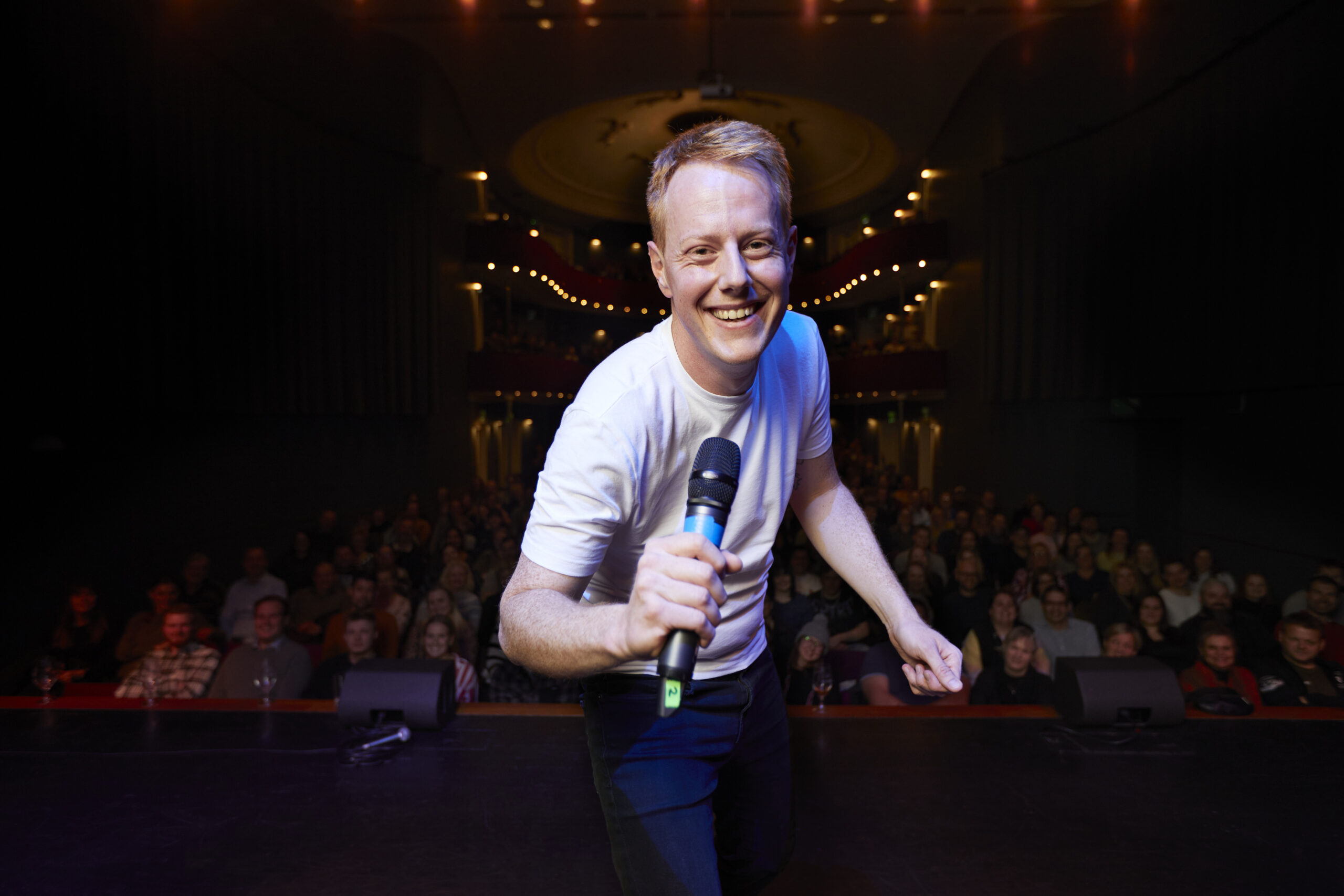Copenhagen Municipality received 3,300 notifications about rats in the first half of 2015, reports TV2 News.
The upturn comes despite major efforts to prevent and combat rats in the capital.
From sewage to buildings
Part of the problem has been caused by Copenhagen’s thorough renovation of its sewage system, which has driven rats from the canals into buildings.
The April binmen strike did not help the situation either, as courtyards filled to the brim with garbage attracted rats in many places.
READ MORE: Rubbish in Copenhagen is piling up
Therefore, the municipality has prepared a new strategy to rid the city of the rat problem, ‘Copenhagen rat strategy – a rat free city 2015’.
Transmitting disease
Rats are responsible for the transmission of many diseases and their habitation behaviour can compromise the structure of infested buildings.
Copenhagen receives around 4,500 notifications about rats every year.
In 2014, the city registered a record 6,770 reports.












